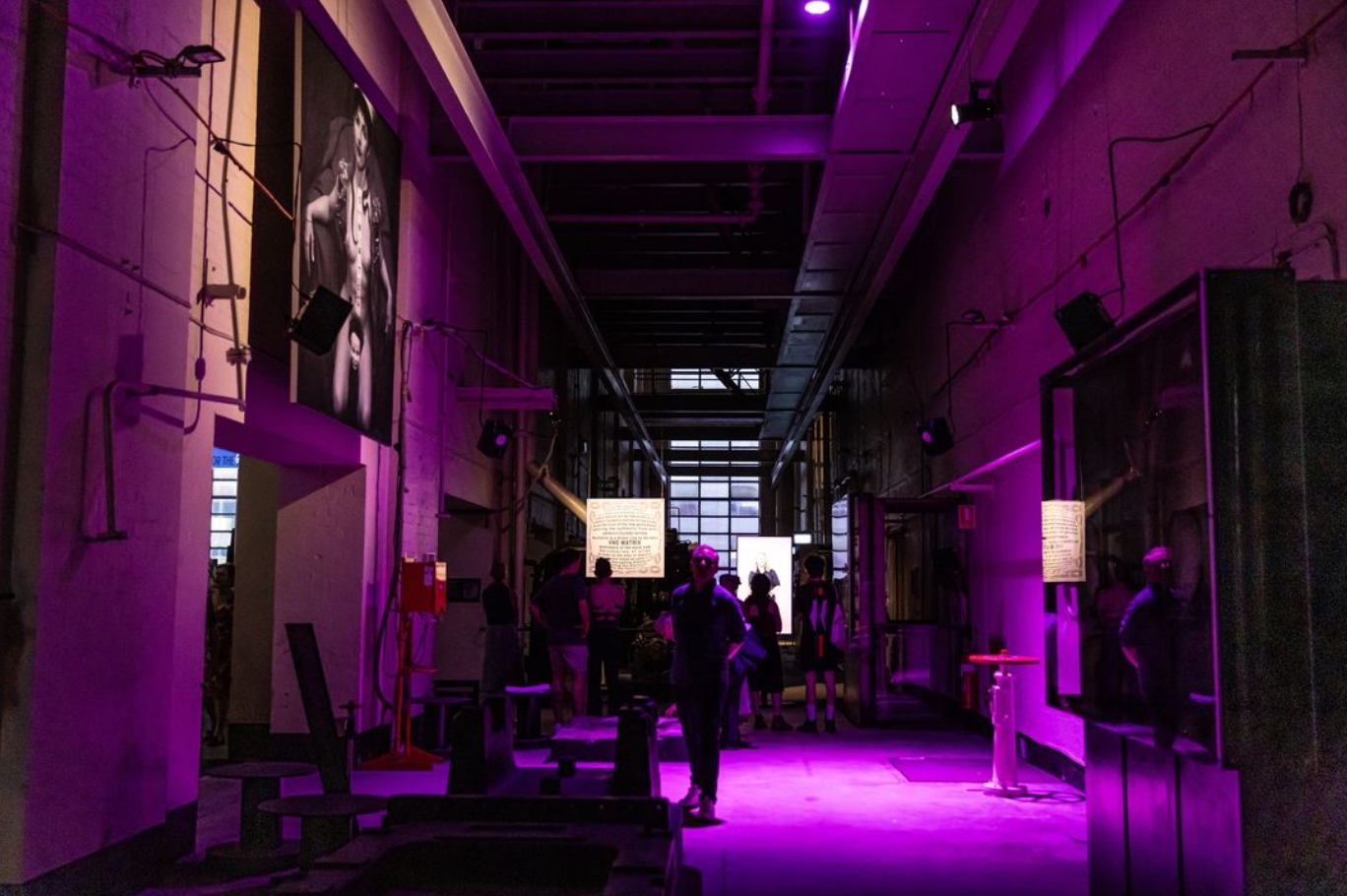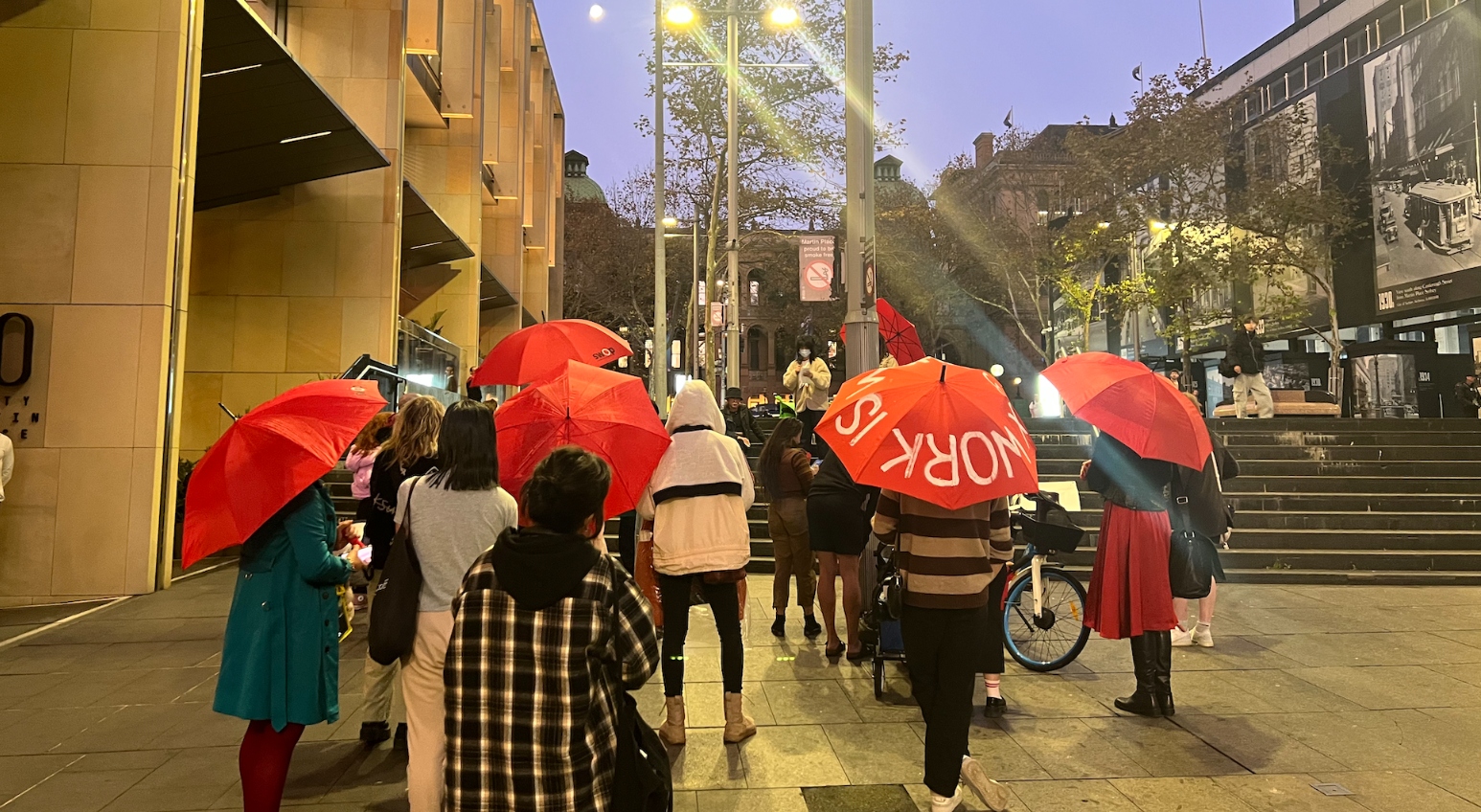
Talking heads: “Are Indian Myna birds rats with wings that should be eradicated”?
MICHAEL GORMLY
Of course they are rats with wings. In a former life I used to exterminate them, which is not easy as they are extremely intelligent creatures. My first method was to lure them with food into an old chook pen and close the door using a fishing line strung up to the house.
Then I would go in and ‘play golf’ with a large stick. It worked. My ‘hole in the Mynah-Bird layer’ drew in a plethora of birds I had never seen before. This delighted me until I looked them up and found that most were imported species anyway. I noted that the next generation of Indian Mynahs went nowhere near the chookpen even when I had baited it with food. The intergenerational communication was extraordinary.
Fast forward to a third-floor flat down the road from Kirribilli Lodge. The little buggers would fly into the kitchen and steal grapes. Aha! A rat trap baited with a grape not only worked but each bird’s death was concealed from others so they kept coming in for their last grape.
Then it all changed. I was sunbaking on the narrow strip of lawn in front of the flats, on my tummy, propped up on my elbows reading a book when, with a faint fluttering, a baby native Mynah flew down and hopped under my chest as if seeking protection. It was bedraggled and weak, and showed no fear whatsoever of me.
Taking this as a sign I gathered up the poor creature and took it inside, providing it with a box, some water and some food. It sipped at the water, cheeping faintly and looking at me with gratitude.
Next morning it looked a lot sleeker and’ browner. A bit like an Indian Mynah in fact. It flew the coop and started exploring the flat, becoming cheekier and more charming by the minute. And sleeker, and browner.
It discovered the bathroom mirror with a chattering orgy of self-admiration. We dubbed it ‘Roger’ as in ‘the lodger’. Then it shat on my partner’s best lacy top. Then, the last straw, it landed on my bare butt during congress ‘ which became interruptus courtesy of those stabbing claws.
We decided the brown, yellow-eyed thing had to go but we couldn’t catch it. My partner laughed at me for being so taken in. Then the Rainbow Lorikeets turned up on the windowsill for their afternoon sunflower seed and Roger went ballistic. He charged them, screeching. The lorikeets just moved their head slightly to one side and Roger went soaring into the open air. In the end we had to go away for a weekend and leave the windows shut to get rid of him but I felt I had received a strong karmic lesson and, to this day, I live and let live.
Michael Gormly is the publisher of kingscrosstimes.blogspot.com
ANDREW WOODHOUSE
In our rushed, money-motivated life we’ve lost track of what’s around us. We need to
stop, think and look up.
Above us are the nests of Acridotheres tristis, the common Indian Mynah bird and too common, some say, declaring them an unwelcome nuisance.
Not just merry and cheeky, Mynahs have been branded the biggest threat to native birds after land clearing and among 100 of the world’s most invasive species, according to the International Union for the Conservation of Nature.
First introduced into Australia to control insect pests, Mynahs chase out native birds and small tree dwelling marsupials such as feather-tailed gliders, spreading disease by scavenging from garbage bins.
“Numbers have exploded here in the past 18 months,’ says Mark Graham, Coffs Harbour council ecologist. Dr Chris Tidemann from ANU says: “You need an understanding of the psychology of this bird. They’re highly intelligent and learn to avoid traps when they hear companions’ distress calls.’
Other councils up and down the coast are setting up hotline numbers, tracking bird migrations, even considering putting a reward on every Mynah’s head. Locals are applying extreme vigilance, with media ads and radio promotions seeking reported sightings. Rural property owners are dusting off their rifles and taking up arms against a new winged enemy.
“If we have 200 members trained to operate 20 traps, catching about 50 birds per week, that’s 200,000 birds,” exclaims the president of the Central Coast Indian Mynah Action Group Peter Blythe.
Clearly, Mynah birds are not a minor issue.
Sydney council can ensure our bird biodiversity by removing rubbish quickly, replacing palm trees (their native nesting spots) with trees for Australian native birds, appointing a terrestrial ecologist and discouraging feeding.
Management, not murder, is the key.
To the merry Mynah bird and all Talking Head readers, I wish you all a merry Christmas.
Andrew Woodhouse is an urban environmentalist living in Potts Point.









